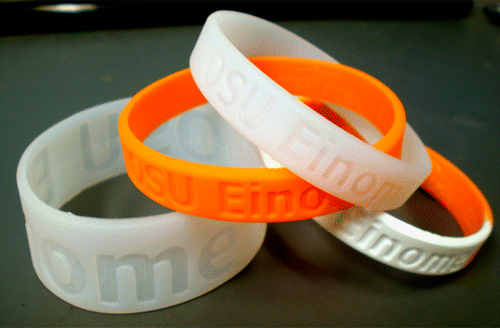Researchers at Oregon State University used silicone wrist bracelets to test the chemical exposures of study participants over a 30 day period. Silicone is porous so it absorbs and traps many types of chemicals, making it a great way to track exposures over a period of time. At the end of the study, researchers detected nearly 50 chemicals in the bracelets. These included chemicals from cigarette smoke, flame retardants, pet flea medications, personal care product ingredients, and more.
More information
Silicone Wristbands as Personal Passive Samplers, Environmental Science & Technology
Armed with arm candy: Bracelets can detect people’s chemical exposures, Environmental Health News

